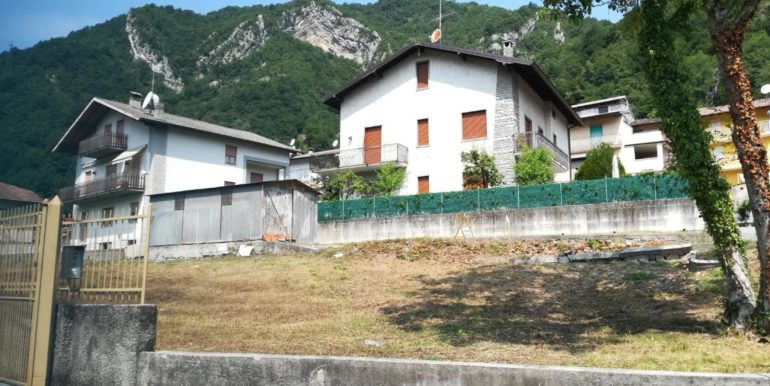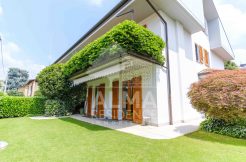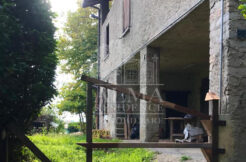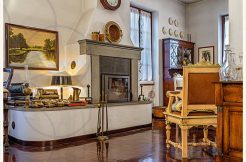Property ID : 1046
Sale 350.000€ - Two-family villa
Splendid semi-detached villa to be built soon in Zogno
Semi-detached villa to be built soon in Zogno of 150 m2.
Energy class “A”, in an expanding residential area, sunny surrounded by greenery but a stone’s throw from the centre.
Possibility of customizing the project and choosing finishes.
The housing unit consists of a double living room, kitchen, three bedrooms, three bathrooms, laundry room, tavern and two balconies.
Cellar and double garage, possibility of parking space.
Garden.
The request is for €350,000
Some information about Zogno
Zogno is an Italian municipality of 8,883 inhabitants in the province of Bergamo in Lombardy. The municipality is located in the lower Brembana Valley on a slope between the eastern slope of Monte Zucco (1232 m above sea level) and a bend of the Brembo river about 11 kilometers north-west of the Orobic capital. The municipality is part of the Brembana Valley Mountain Community.
It is about 18 kilometers from Bergamo and about 70 kilometers from Milan.
Located in the lower portion of the Brembana Valley not far from San Pellegrino Terme (4 km). The capital extends along the road at the bottom of the valley, on the orographic right bank of the Brembo river, while the other inhabited centers are mainly located on the left bank.
Monuments and places of interest:
Parish church of San Lorenzo
In a dominant position stands the fifteenth-century church of San Lorenzo, built on the ruins of the medieval Guelph castle, destroyed by the Viscontis before handing it over to the Republic of Venice, after the Peace of Lodi.
The interior houses the seventeenth-century series of the Mysteries of the Rosary by Francesco Zucco, a Madonna and Child by Francesco Lavagna and a painting by Vincenzo Angelo Orelli depicting Saint Margaret of Cortona.
Valley Museum
The Valley Museum, located in a seventeenth-century building in the historic centre, displays a rich series of finds on the agricultural and peasant society of the valley in twelve rooms.
Museum of San Lorenzo
Also worth mentioning is the San Lorenzo Museum, set up in the parish church, which collects religious evidence from the Brembana Valley.
Villa Belotti
The villa in Zogno, which has housed the “Bortolo Belotti” municipal library since 1985, was built in 1906 for the notary Ulisse Cacciamali by the Bergamo architect Giovanni Barboglio, who also designed public buildings in Zogno and the old staircase to the parish church, but was more famous in Lombardy for the construction or restoration of churches.
In 1913 Bortolo Belotti bought it, interested in having a foothold to face the demanding electoral campaign for the parliamentary seat which saw him pitted against the outgoing deputy Egildo Carugati, supported by Giovanni Giolitti’s liberals and by the Catholics. At Belotti’s request, Barboglio transformed the house from a civilian one into an elegant one, with the recovery of the basement and the construction of an external study and a small porch. At the same time, the large lawn to the south of the house was transformed into a garden with valuable trees, paths and steps. The care of the villa and the garden accompanied the political success of Bortolo Belotti who, as a very young deputy, became undersecretary, minister and leader of the liberal left. The opposition to fascism determined his distancing from active politics and, almost as compensation, Belotti began to intervene on the garden and enrich it with particularly significant works of art. The interventions followed one another in three main phases. The first phase (1928-29) is particularly rich with the creation of the Convito dei Grandi Brembani, 11 busts of men of great fame from families originating from Val Brembana, executed by the Bergamo sculptor Nino Galizzi. The second period (1931-33) is marked by the construction of the shrine of the Madonna, the statues of lions and the bust of Gioppino. Few, but always interesting, are the creations of the last period (1934-40): the statue of Faith, the epigraph “Hyeme et arstate” which recalls the meaning of the “Guest’s Greeting” and the Tessecan plaque.







